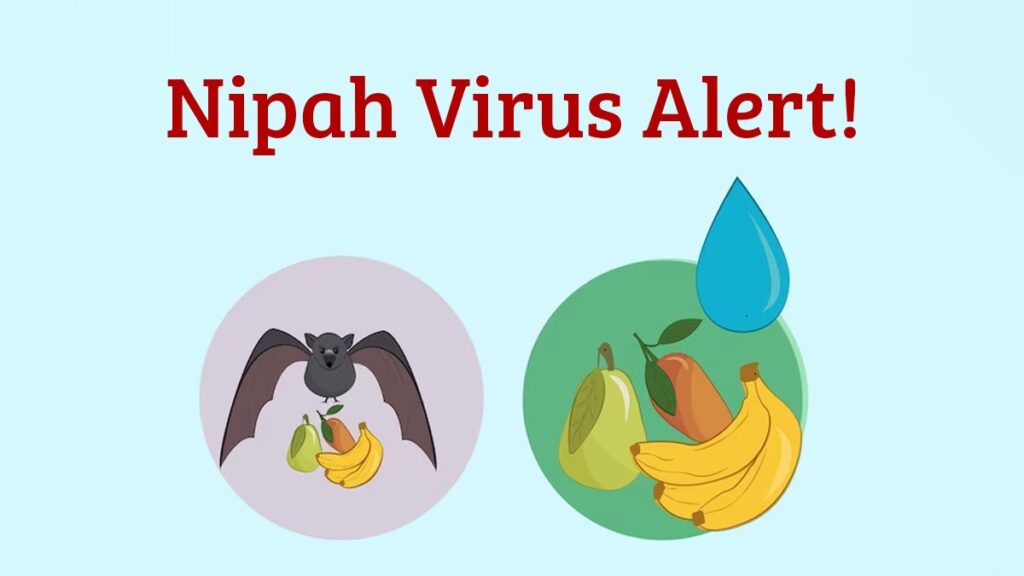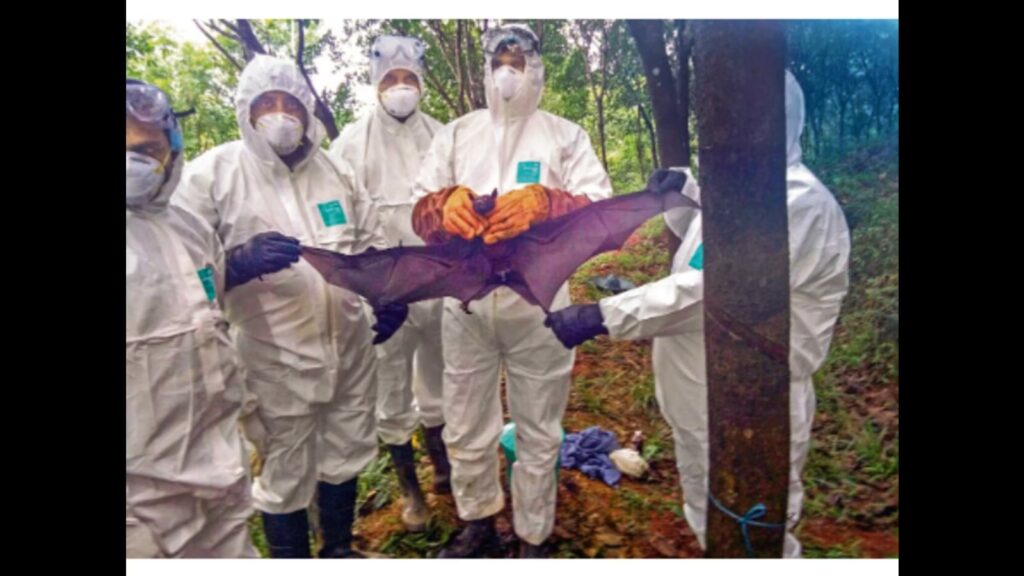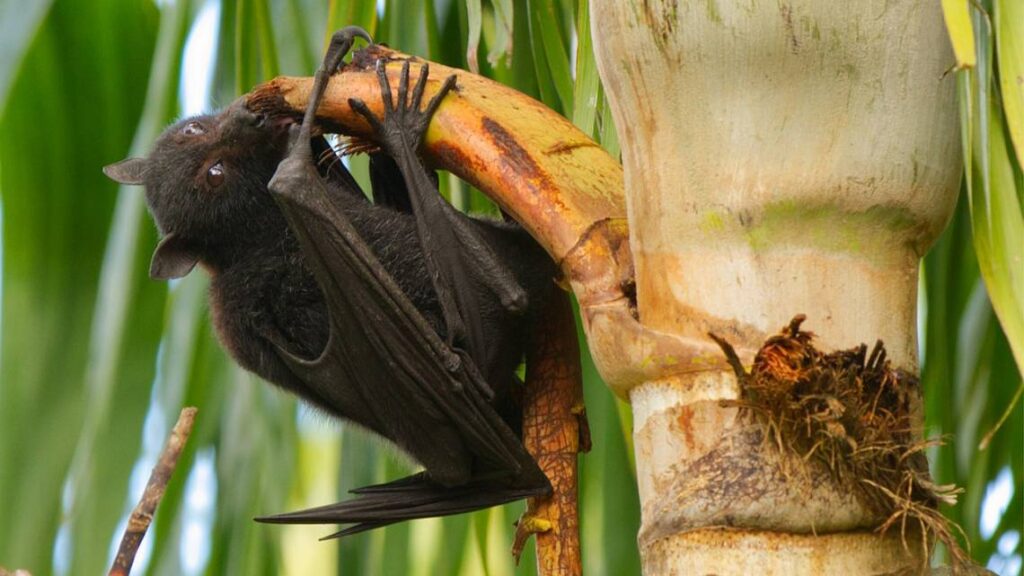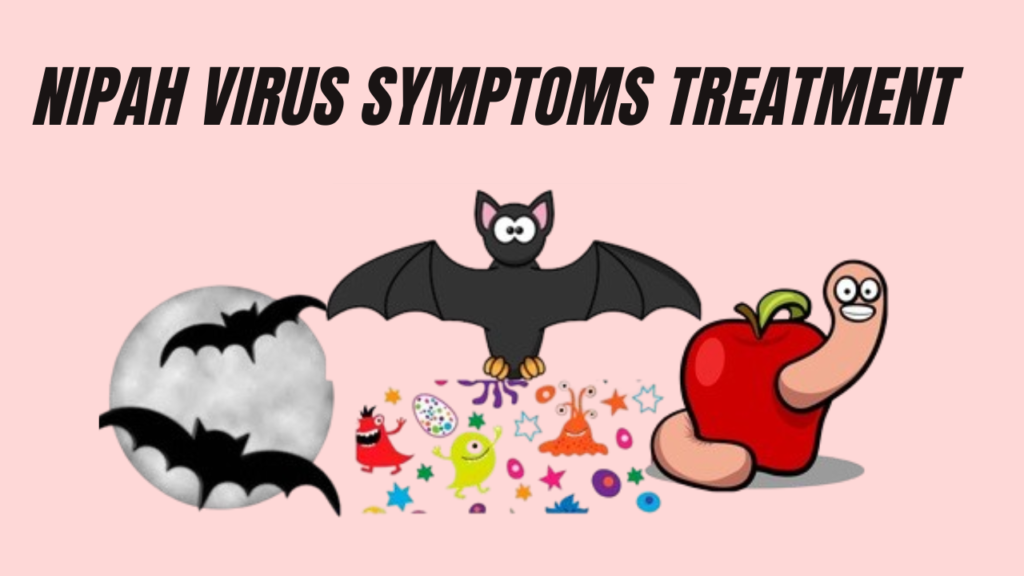The Nipah virus, a zoonotic pathogen first identified in Malaysia in 1999, has since emerged as a significant threat to global health. With a mysterious origin and a complex transmission cycle involving bats and other animals, understanding this virus is crucial for effective prevention and control.
Transmission and Spread
Nipah virus spreads through direct contact with infected bats or their secretions, as well as through consumption of contaminated fruits or date palm sap. Outbreaks have occurred in South and Southeast Asia, with instances of human-to-human transmission posing additional challenges.

Symptoms and Diagnosis
Early symptoms of Nipah virus infection include fever, headache, and respiratory issues, making accurate and swift diagnosis essential. Diagnostic methods range from serological tests to polymerase chain reaction (PCR) assays, allowing for prompt identification and isolation of cases.
Preventive Measures
Preventing Nipah virus involves a two-pronged approach: vaccination efforts to protect individuals and hygiene practices to minimize exposure. While no specific antiviral treatment exists, the focus remains on reducing transmission through targeted interventions.

Treatment Options
Treatment primarily involves supportive care, with antiviral medications showing limited efficacy. The lack of a specific cure underlines the importance of early detection and prevention measures.
Impact on Public Health
Beyond the immediate health consequences, Nipah virus outbreaks can have severe economic and social repercussions. The virus’s potential to cause widespread panic underscores the need for comprehensive public health strategies.

Comparison with Other Viruses
Differentiating Nipah virus from other zoonotic diseases is crucial for tailored control measures. While sharing similarities with viruses like Ebola, Nipah presents unique challenges due to its transmission dynamics and regional variations.
Global Response and Research
International collaborations and ongoing research initiatives play a vital role in understanding and combating Nipah virus. A coordinated global response is essential to tackle this evolving threat effectively.

Awareness Campaigns
Surveillance challenges and cultural factors contribute to the difficulty in containing Nipah outbreaks. Addressing these issues requires a multi-faceted approach, combining scientific advancements with cultural sensitivity.
Future Outlook
Despite advancements in understanding and prevention, the potential for future outbreaks persists. Continued research and preparedness are essential to stay ahead of the virus’s adaptability.
Case Studies
Examining past Nipah virus cases provides valuable insights into the effectiveness of control measures. Learning from successes and failures is crucial for refining strategies in future outbreaks.
One Health Approach
Recognizing the interconnectedness of human, animal, and environmental health, a holistic One Health approach is necessary for effective Nipah virus control. Collaboration between veterinary, medical, and environmental experts is key.
Government Policies and Interventions
Governments in affected regions play a pivotal role in implementing policies and interventions. Support for research, surveillance, and public health infrastructure is essential to curbing Nipah virus’s impact.
Conclusion
In conclusion, the Nipah virus poses a formidable challenge to global health. Understanding its intricacies, implementing preventive measures, and fostering international collaboration are critical for mitigating its impact.

FAQs
Currently, there is no commercially available vaccine, but research is ongoing.
Nipah outbreaks can disrupt local economies due to decreased productivity and healthcare costs.
Although rare, human-to-human transmission can occur through respiratory droplets.
South and Southeast Asia have seen the majority of Nipah virus outbreaks.
Practicing good hygiene, avoiding contact with bats, and refraining from consuming raw date palm sap are essential preventive measures.







